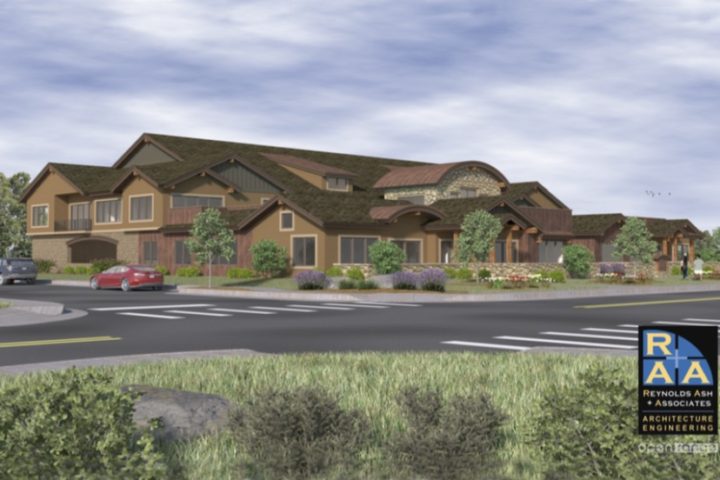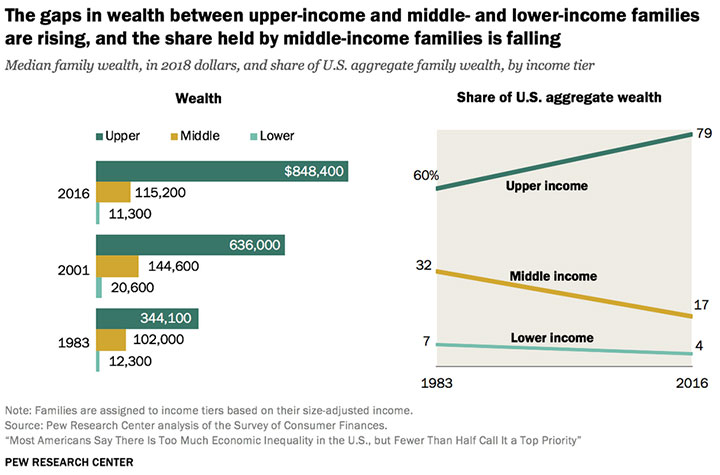“The situation truly is becoming too much to bear. Frankly, I wonder if I’ll be forced out in the near future. My neighbor is getting evicted on a fixed, limited income. Where is she going to go? I fear she may become homeless, or a long-term couch surfer. She already had to give up her dog for the time being. Sad, sad…”
This fretful comment arrived in my email yesterday. The kind of comment I’ve heard from various other people recently.
It was a bit surprising, however, to hear this anxious tone coming from an attorney, wondering if he will be able to remain in Pagosa.
At the Tuesday, July 6, meeting of the Pagosa Springs Town Council, school teacher Darcy DeGuise stepped up during the “public comment” portion of the meeting to offer the Council a couple of interesting proposals, to try and address the community-wide anxiety. She had shared similar comments with the Archuleta Board of County Commissioners earlier that same day.

Ms. DeGuise recently joined the board of Pagosa Housing Partners (PHP), a local volunteer group that had previously developed the “Roadmap to Affordable Housing” report adopted by the Town Council as the Town’s guiding document for addressing the worsening housing crisis in Archuleta County. The 2019 “Roadmap” is a 54-page report, packed with well-meaning suggestions and ideas.
A few positive steps have been taken in the right direction, by the Town government, by the County government, by local developers.
So why is the situation so much worse… than in 2019?
Why is the situation so much worse than in 2008, when the Town and County officially adopted the Archuleta County Housing Needs Assessment?
Some “Employer Comments” from that 2008 assessment, based upon 2007 data and research by Denver consultants Economic & Planning Systems:
WHAT IS THE BIGGEST CHALLENGE FOR YOUR BUSINESS?
Finding people that want to work and have a good work ethic.
Employees. It is difficult to find and keep competent employees.
Finding qualified and experienced help. Keeping that help.
The high fees to build.
The cost of land has increased so drastically over the past 3-5 years that it makes affordable homeownership almost impossible.
Unrealistic pricing of properties.
Finding good help.
Finding qualified employees.
This was in 2008.
What do we do now?
Here’s Ms. DeGuise, speaking to the Town Council earlier this week:
“PHP — Pagosa Housing Partners — has a lofty goal of 300 workforce housing units over the next 10 years. So let’s look at Apache Street, for instance. The Town purchased this property, and it can accommodate 16 units. According to a local developer, the price tag to develop that property would be roughly $4 million.
“PHP would be willing to acquire a USDA 538 loan — a 3% interest rate, with a 40-year mortgage — it’s a good deal. In order to get this loan, we would need some seed money to get started, either from the Town, from the County, from shareholders…
“The Town and County have expressed a consistent interest in housing options in our community, especially those that can serve our workforce. So we will be bringing forward a strategic plan in a couple of weeks. But here are some of our ideas…”
The property to which Ms. DeGuise here refers — “Apache Street” — is an abandoned multi-family project on 1/2 acre parcel, with an existing foundation. The Town government purchased to property last year, hoping to find someone to finance, build and manage 12 to 16 units of ‘workforce housing’ on the site.
The building was originally designed to like this:
High-end condos.
Something different could be constructed on the existing foundation, however. Something more on the ‘affordable’ side of the equation.
When the Town issued an RFP last spring — a ‘Request for Proposal’ — no one responded. Now PHP is offering to take on the financing and management of the project. With the assumption that someone can be found to build it.
But let’s consider the larger goal. 300 workforce housing units, over the next 10 years. An average of 30 units per year. For comparison, Archuleta County Housing Authority is sponsoring the ongoing construction of 34 units of ‘low-income housing’ (not exactly the same thing as ‘workforce housing’) across the street from Town Hall. That project — Rose Mountain Townhomes — was at least two years in the design/financing stage, and the units will not be available until the end of 2021. That’s makes it a three-year project.
Ms. DeGuise is talking about 30 units per year. A lofty goal, indeed, for a three-year-old non-profit.
Over on Florida Street, on the other side of downtown, Habitat for Humanity is currently pouring the foundation for their 2021 building project — a modest single-family home for a single mom and her kids. Habitat is one of the largest housing organization in the world, with a large volunteer base, and funding support coming from thousands of religious organizations. They have been able to build one home per year in Archuleta County. (Except, not during last year’s pandemic.) They are talking about trying to build two homes next year.
30 units per year? Ambitious.
But who else is stepping up to tackle this problem?
In 2008, when the Town and County funded the Archuleta County Housing Assessment, we already knew this crisis was coming, but the community got sidetracked by the Great Recession, and also by a focus on promoting tourism.
Meanwhile, the disparity between the working class and the ‘wealth-holding class’ was growing ever more obvious.
From the Federal Reserve Bank of St. Louis, an article by Ana Kent, Policy Analyst, Lowell Ricketts, Lead Analyst, and Ray Boshara, Senior Adviser and Director, St. Louis Fed Center for Household Financial Stability posted in August 2019:
Wealth inequality in America has grown tremendously from 1989 to 2016, to the point where the top 10% of families ranked by household wealth (with at least $1.2 million in net worth) own 77% of the wealth “pie.” The bottom half of families ranked by household wealth (with $97,000 or less in net worth) own only 1% of the pie.
Here’s a graphical view of that same issue, from the Pew Research Center website:
Let’s consider that disparity for a moment. If you’re a working family in Pagosa Springs, and your housing costs have more than doubled since 2012, but your family wealth has declined — to maybe half what it was in 2001?
… who will address this challenge? And how?


